Nestled among the majestic Dolomites inSouth Tyrol lies Val Badia, a natural jewel that enchants every traveler with its history, its landscapes, and the many opportunities it offers to lovers of hiking, mountaineering, and sports. The Dolomites, declared a World Heritage Site, form the spectacular backdrop of this Alpine valley divided between Alta Badia and Bassa Badia and accompanying the course of the Gadera stream beginning at the Campolongo Pass. In winter, Val Badia is a paradise for winter sports enthusiasts, with its perfectly groomed ski slopes (including the world-famous Gran Risa, which is located in the municipality of La Valle, and is one of the most famous slopes on the planet, the scene each year of a spectacular Alpine Ski World Cup race in the giant slalom specialty), and snowy landscapes that enchant the eyes. In summer, the valley comes alive with vibrant colors thanks to flower-filled meadows and numerous hiking opportunities. Well-marked trails take travelers through fir forests and alpine meadows, providing unforgettable views at every step with spectacular views of the Sella Group, Sasso di Santa Croce, Plan de Corones and other important peaks and massifs. What’s more, the quaint villages of Val Badia, including San Cassiano, Corvara and La Villa, preserve traditional alpine architecture and are steeped in an atmosphere suspended in time. Visitors can stroll the cobblestone streets, admire the centuries-old churches and enjoy local cuisine in cozy restaurants, as well as learn about the history and traditions of the Ladin community. What can’t be missed during a trip to Val Badia? We suggest ten stops.
Corvara in Badia is a charming alpine village in Alta Val Badia, surrounded by the spectacular Dolomite peaks. Corvara has been attested since the 13th century, and today it is a destination particularly devoted to tourism, both summer and winter. In winter it is best known for skiing: there are 130 km of slopes for skiers of all experience levels, known for the great quality of its snow. In the summer season, Corvara, on the other hand, becomes a destination for cycling enthusiasts (the Giro d’Italia has arrived here several times): the well-paved roads make for excellent bike outings, but there are also opportunities for mountain bikers, not to mention hiking. In fact, trails depart from here, offering opportunities to explore the unspoiled nature of the Dolomites. Corvara is also steeped in Ladin culture: in fact, Ladins make up more than 90 percent of the municipality’s population. It is therefore not uncommon to hear locals speaking Ladin to each other (the language is also taught in schools). Finally, Corvara is also home to one of the oldest churches in the valley, that of St. Catherine of Alexandria, first attested in 1347.
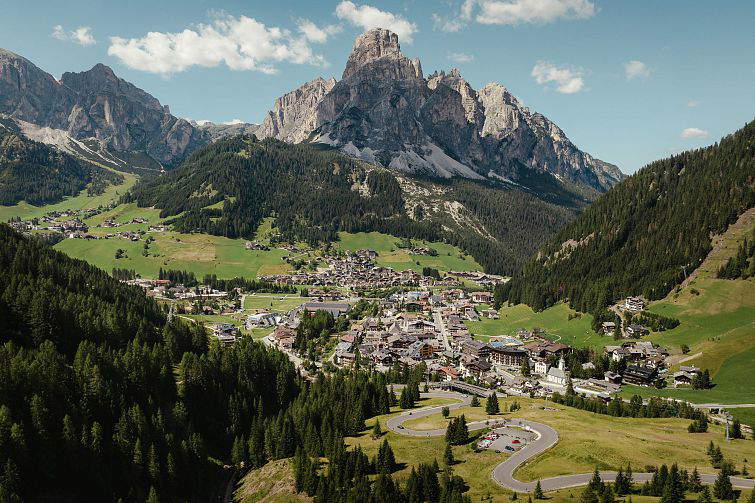
Clinging to the side of a mountain, amidst fir forests, is the small church of Santa Barbara, in La Valle. It can be reached in half an hour on foot by a path that starts in the town and consists of five “stations” that recall the stages of human life (but it is also easily reached by car). It is a church of medieval origins (it was built by miners who worked in the Fursil mines, located on the slopes of nearby Mount Pore), which still presents itself in its late Gothic forms, and still preserves ancient frescoes, both on the façade (where there is a Crucifixion attributed to the painter Friedrich Pacher, who lived in the 15th century) and inside, where there are rich 19th-century decorations instead. The altarpiece dates from the early 18th or early 19th century and has been attributed to a local painter, Joseph Renzler.
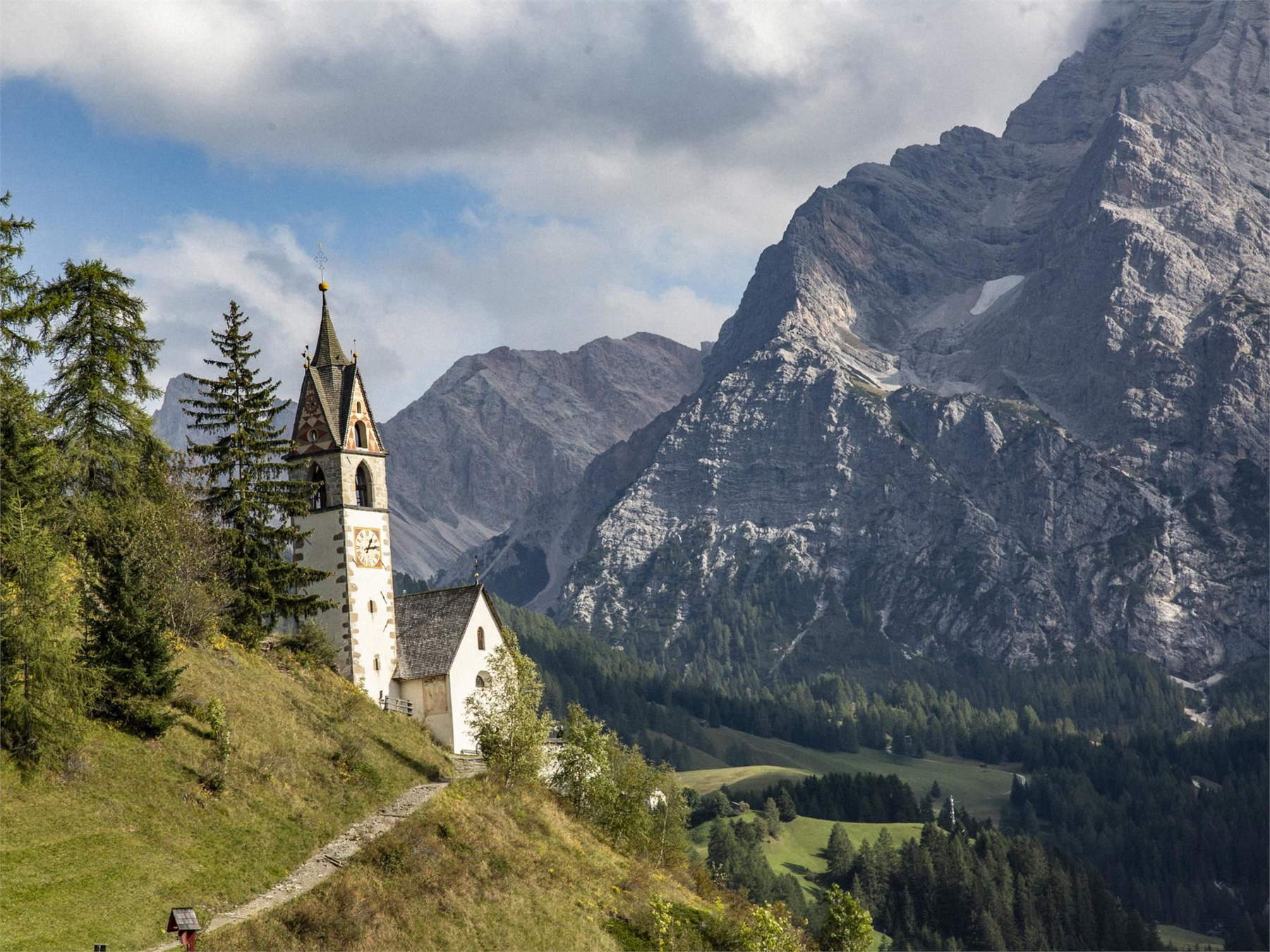
The Fanes-Senes-Braies Nature Park is a wonderful nature reserve located between Val Badia and Val di Landro. This park covers a vast area of over 25,000 hectares and offers a variety of beautiful landscapes, from the majesty of the Dolomites to green valleys and crystal clear lakes. In fact, the park area is included in the Dolomites, which are known for their unique scenic beauty. The park is home to dense forests, meadows, caves (such as the Conturines cave, the highest bear cave in the world: it is 2,800 metrin high), and alpine pastures where you can admire typical species of the area (such as arnica, gentian, and orchid), as well as mountain lakes. If you are lucky you may even see marmots, typical inhabitants of these high mountain areas. For those who want to start their visit to the park, the suggestion is to start from the Visitor Center located in San Vigilio di Marebbe, where they get acquainted with the environment and territory of these areas.
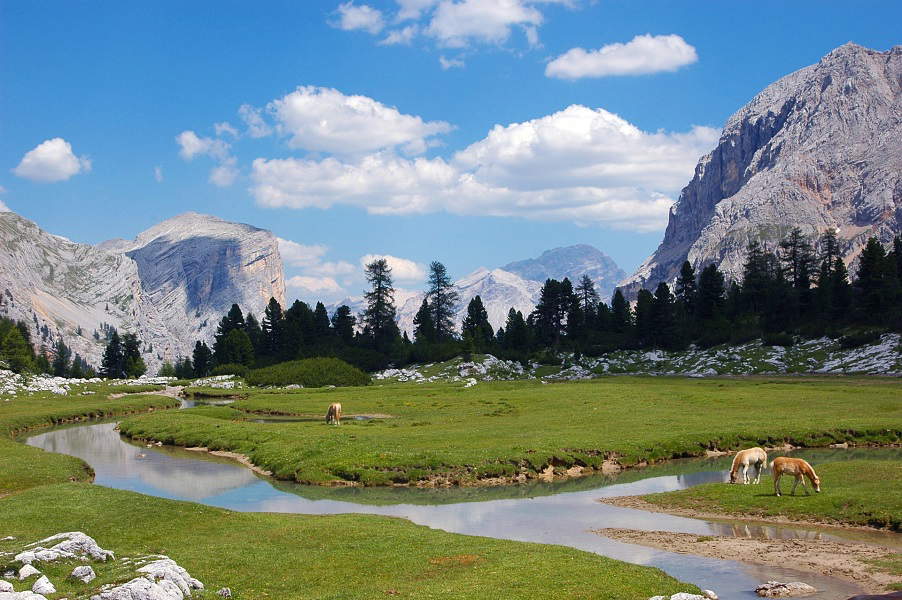
The Sellaronda is one of the most iconic and famous ski routes in the Dolomites: a route that offers an exceptional experience, surrounding the Sella massif through a series of slopes and lifts, connecting four famous ski resorts: Arabba, Canazei (Fassa-Carezza), Selva di Val Gardena (Val Gardena) and Corvara (Alta Badia). In all, 26 kilometers of excellently prepared slopes, also known as the “Tour of the 4 Passes” (Campolongo, Pordoi, Sella and Gardena), which connects four ski valleys and can be tackled in a day (depending on slope conditions and each skier’s experience), allowing just enough time to admire the Dolomite landscapes that can be appreciated from the ski slopes. To facilitate travel along the Sellaronda, there are modern ski lifts and gondolas that connect the different ski resorts, and each ski resort of course along the way offers high-quality services, including equipment rentals, ski schools, and mountain huts where skiers can stop for refreshments of local food. Before embarking on the Sellaronda, it is always advisable to check the condition of the slopes and lifts, especially if there is fresh snow or adverse weather conditions.
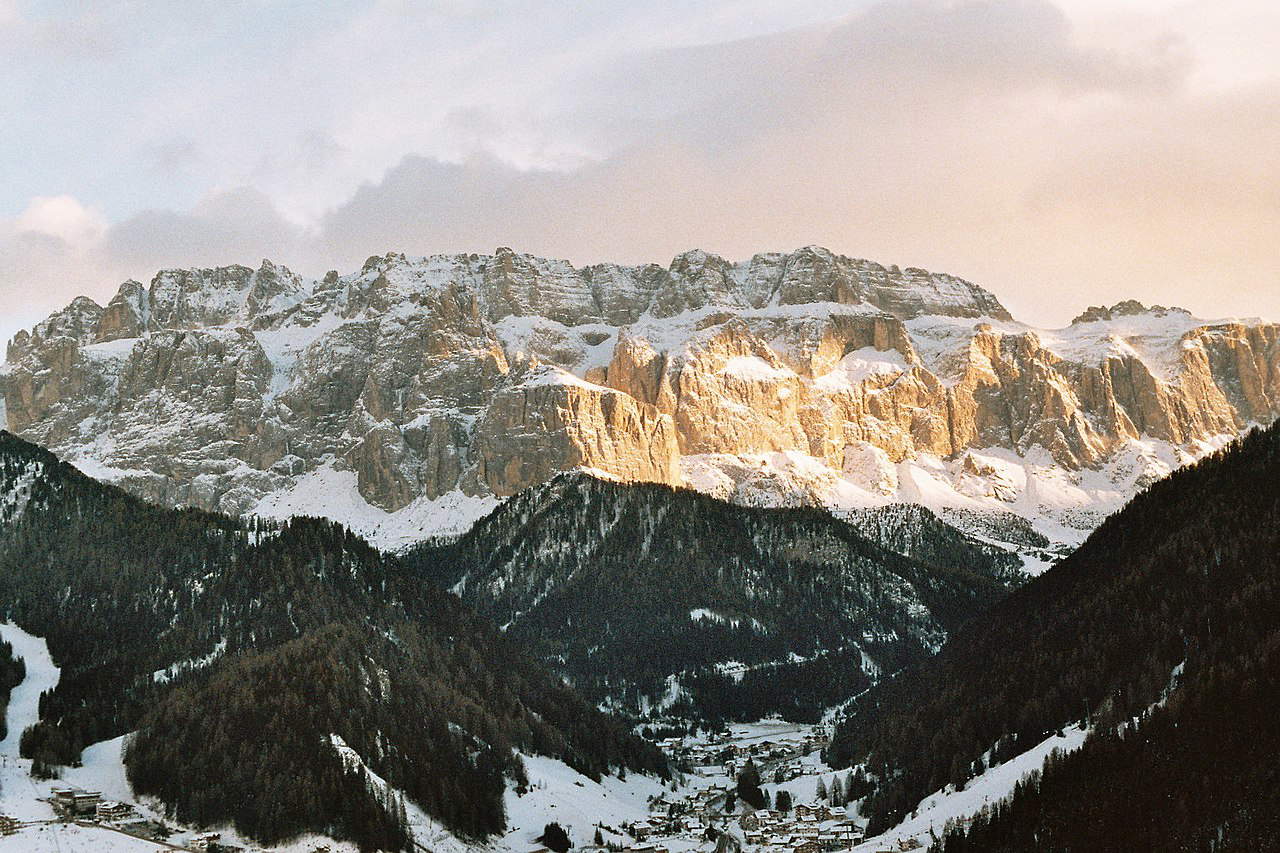
A picturesque valley located in Val Badia: this is Valle dei Mulini in Longiarù, named after Longiarù, or Lungiarü in Ladin, is a quaint alpine village that is part of the municipality of San Martino in Badia. The “Valle dei Mulini” is renowned for its natural beauty and its connection to local traditions: you can find here, for example, viles, the rural houses that are typical of these high mountain areas and date back to the Middle Ages (they have wooden facades and sloping roofs: there are more than a hundred of them in all of Val Badia, the area of South Tyrol where the highest number of viles can be admired). The “Valley of the Mills” runs for about three kilometers not far from the village and is an easy path that describes a sort of ring around the Seres stream, along which you can admire the mills that give the valley its name, surrounded by the beautiful green meadows, and which are fed through special wooden channels that are one of the most recognizable elements of this area of Val Badia.
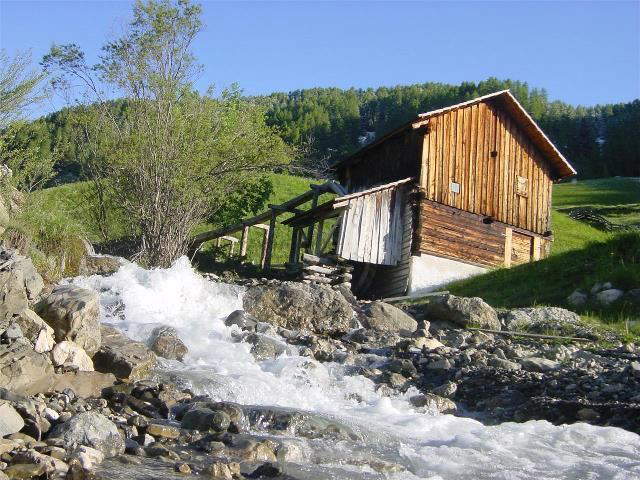
It is located at 1.537 meters above sea level and is known to be one of the prettiest resorts in Val Badia: San Cassiano, a hamlet of the municipality of Badia, is built around its parish church, is one of the main tourist centers of the valley, home to hotels and excellent restaurants, and is a popular ski resort, but even in summer it offers much to those who visit, especially for the hiking opportunities among the nearby mountains, looking at the views offered by peaks such as Lavarela and Cima Conturines. The village of San Cassiano features traditional Alpine architecture, with wood and stone chalets that blend harmoniously with their surroundings.
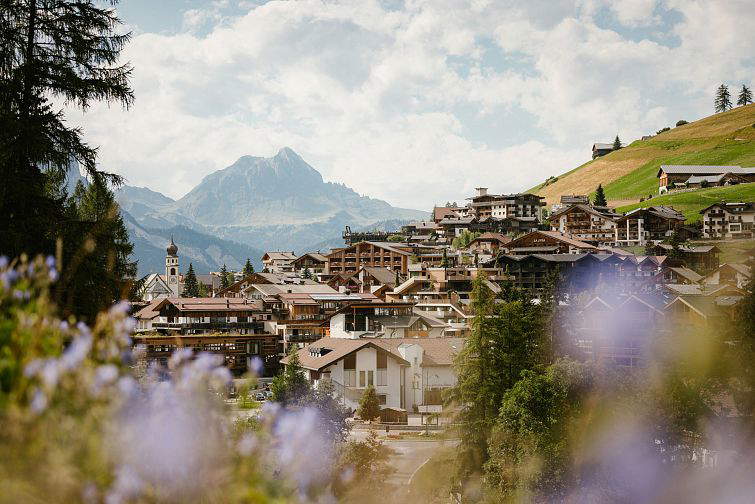
A renowned ski resort, San Vigilio di Marebbe is located in one of the side valleys of Val Badia, the Marebbe Valley. The village is dominated by the imposing San Vigilio church, which is Gothic in origin but was rebuilt between 1781 and 1782 in the Rococo style by architect Franz Singer: it is one of the most interesting historic buildings in Val Badia, not only for its exterior appearance but also for its interior, richly decorated with frescoes painted in 1782 by the German painter Matthäus Günther. San Vigilio di Marebbe is also surrounded by some of the most impressive peaks in the Dolomites, including the famous Plan de Corones group. This mountainous backdrop creates spectacular scenery that changes with the seasons, offering splendid views throughout the year. Plan de Corones is also home to a major ski resort. In this respect, San Vigilio di Marebbe is one of the most important resorts in Val Badia, since it is home to 12 ski lifts (out of 32) in the Dolomiti Superski area, hosts international alpine ski competitions, and is also home to a 23-kilometer-long cross-country ski trail that runs through the Fanes-Sennes-Braies Nature Park.
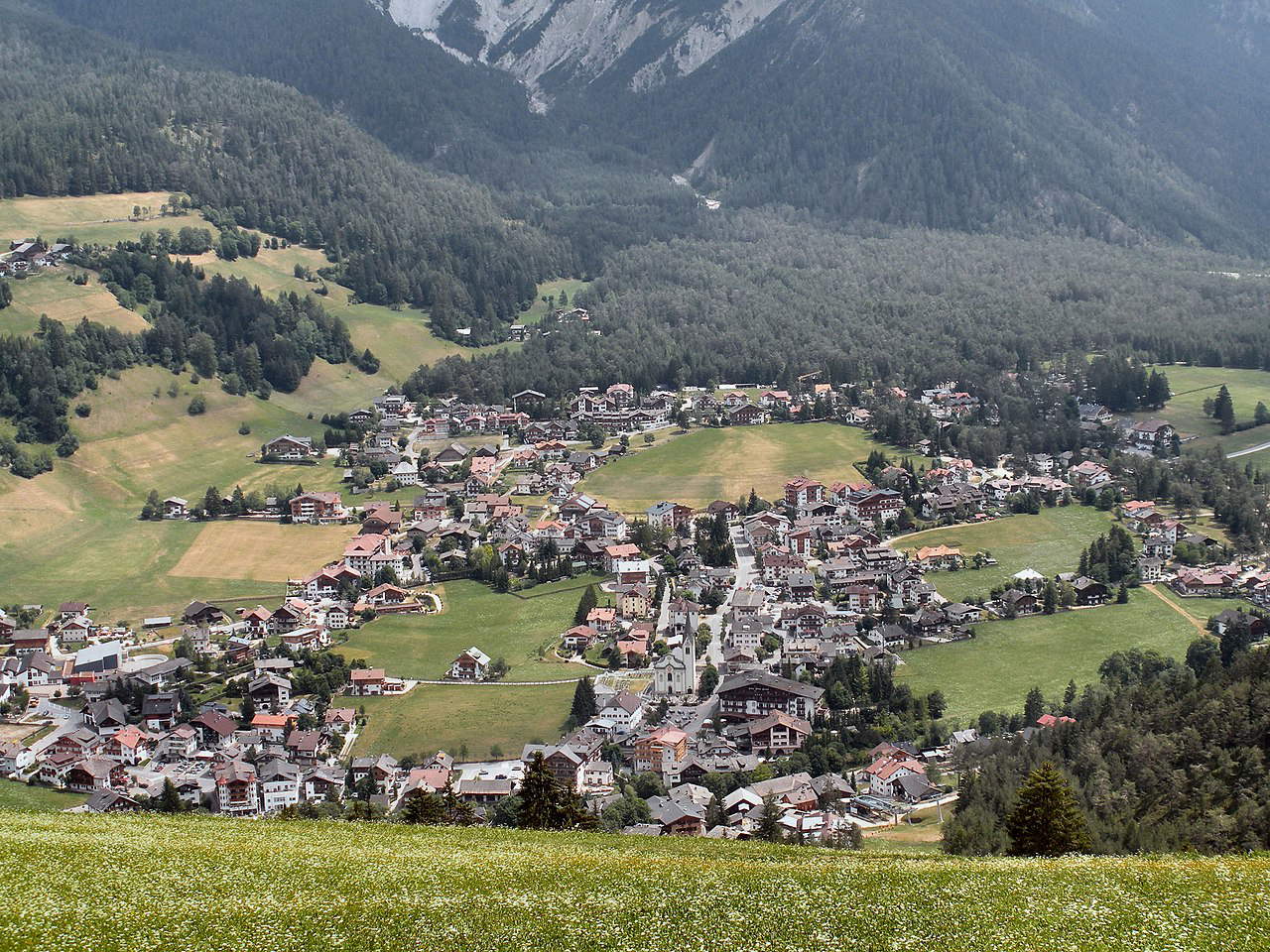
The Museum Ladin �?iastel de Tor is a museum dedicated to Ladin culture located in San Martino in Badia. This museum is one of the main cultural venues in Val Badia and offers a fascinating journey into the history, language, traditions and lifestyle of the Ladin population. The museum is located in the castle of San Martino, also known as �?iastel de Tor in Ladin. This historic building dates back to the 13th century and was a former fiefdom of the bishops of Brixen, who held ownership until 1803. The museum, opened in 2001, collects objects, documents, photographs, and artifacts that tell the story of the Ladin population from antiquity to the present day, with insights into aspects such as language, local crafts, daily life, and holidays. The Museum Ladin �?iastel de Tor represents a valuable place and an important reference point for all those who wish to explore and understand the rich Ladin culture.
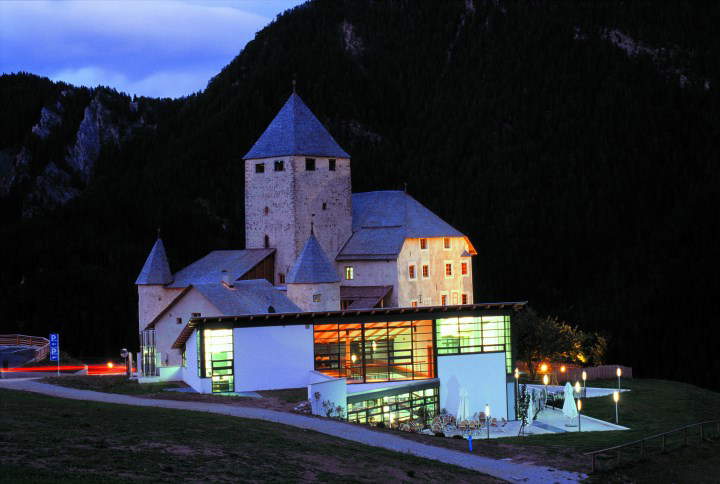
One of the typical postcard images of Val Badia is the church of San Vigilio in Colfosco, a hamlet of Corvara in Badia: the marvelous late-Gothic church, first mentioned in 1419, in fact stands out against the profile of the Sella massif and offers an incomparable and unforgettable view. The church itself is one of the most interesting houses of worship in the area: it has a typical onion-shaped bell tower and inside it contains sculptures from the 18th and 19th centuries. The church has been remodeled in later periods but still retains traces of its medieval past, starting with the pointed arch in the facade.
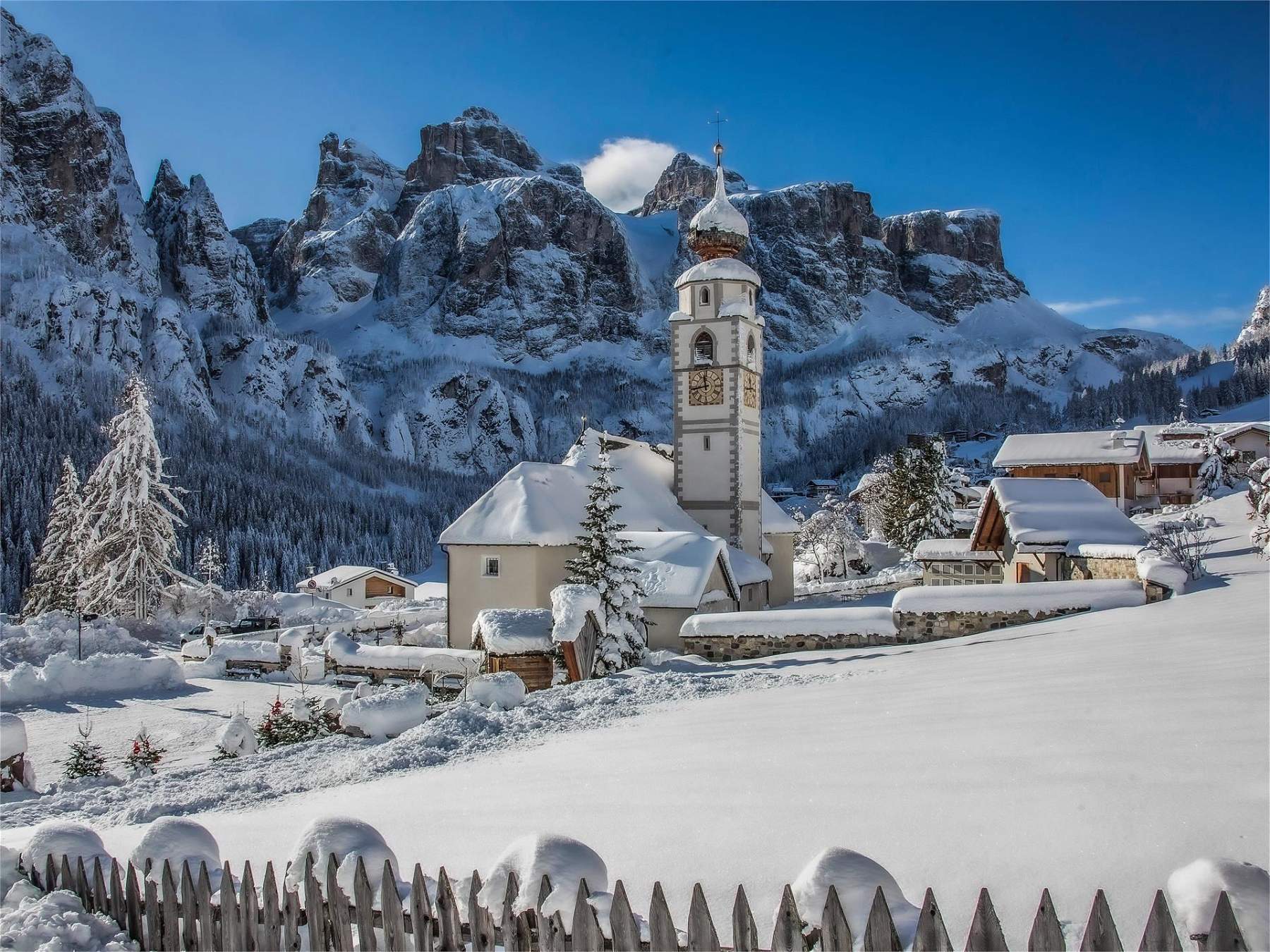
“Tru di lec” actually means “lake path” in Ladin: it is one of the most popular hiking trails in all of Val Badia, both because of its ease (it is suitable for walkers of all ages and experiences: there is no lack of some uphill stretches, but it is nothing insurmountable) and for the views it offers, since it allows you to see the Sasso di Santa Croce, one of the most spectacular mountains in Val Badia, and above all the two mountain lakes from which it takes its name, namely the Lech dlá Lunch (Lunch Lake) and the Lech from Sompunt (Sompunt Lake), with a route lasting about three hours. The marvelous views offered by these two lakes repay the walk, which starts in the center of La Villa and then goes through forests and pastures, leading first to the Lech from Sompunt, the larger and more beautiful of the two lakes, and then to the Lech dlá Lunch, which is at a higher elevation.
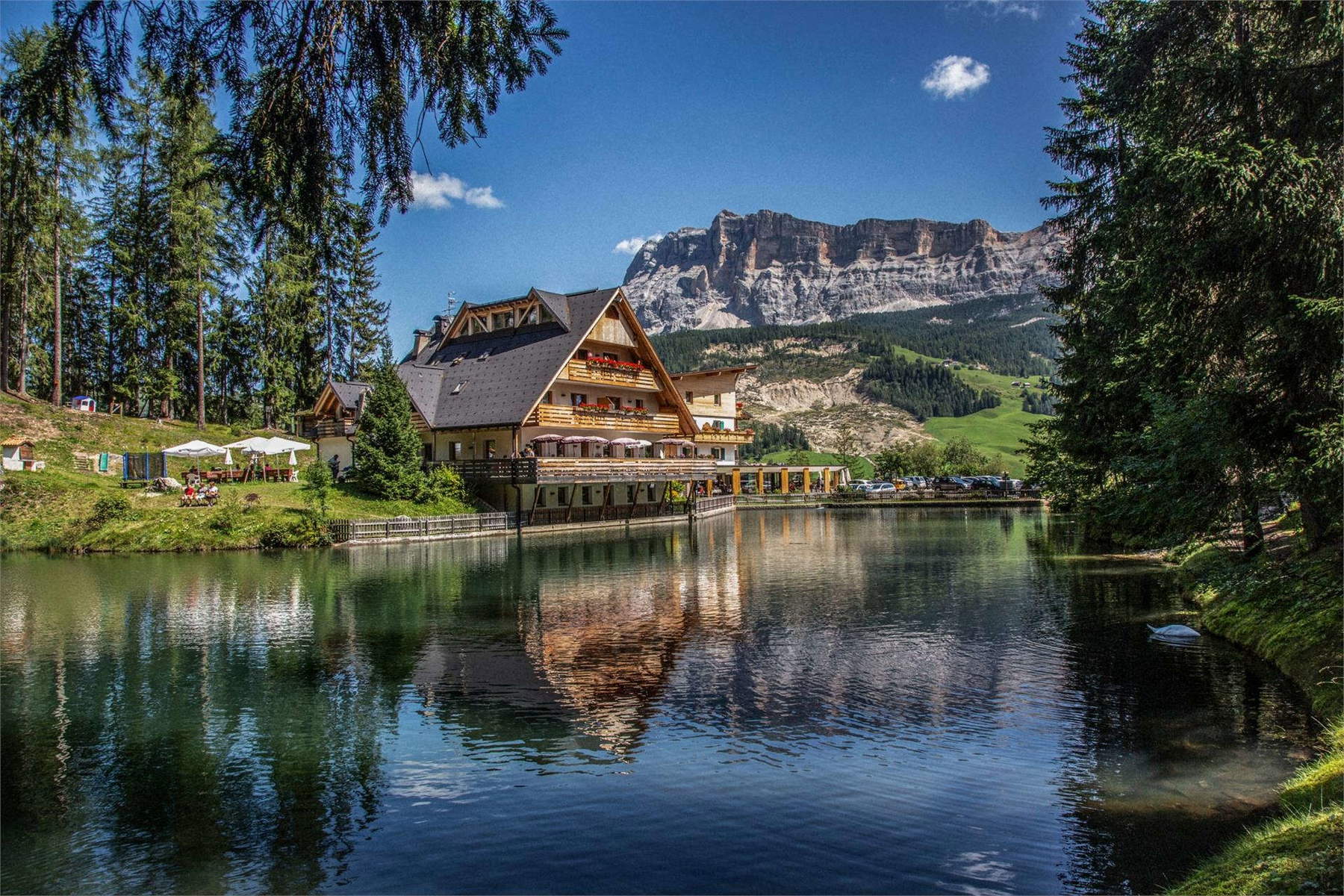
 |
| Val Badia, what to see: 10 places not to be missed |
Warning: the translation into English of the original Italian article was created using automatic tools. We undertake to review all articles, but we do not guarantee the total absence of inaccuracies in the translation due to the program. You can find the original by clicking on the ITA button. If you find any mistake,please contact us.